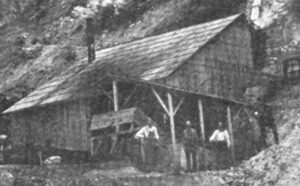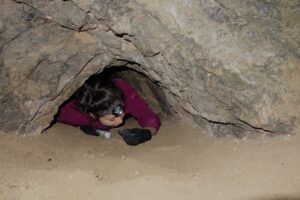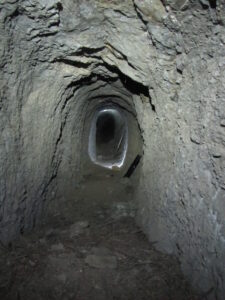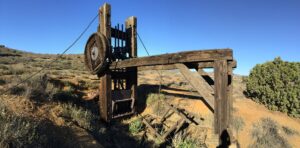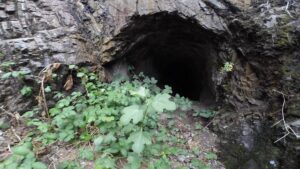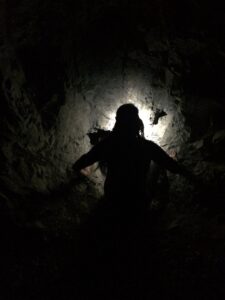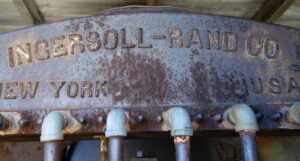Mines
The California Gold Rush began with James Marshall at Sutter’s Mill near the American River in 1848, bringing 300,000 people from across the nation in hopes of striking it rich. However, an earlier gold discovery was made in 1842 by Francisco Lopez, who wandered the creek beds of modern day Placerita Canyon. Lopez pulled out an onion root with a gold nugget attached to it! He was an early Californian who struck it rich with gold mining in the area.
Needless to say, the aftermath of the Gold Rush decimated whole indigenous societies because miners claimed and settled on their land. Native American land was seized by slaughter or forced migration.
The gold-seekers were termed “forty-niners.” Along with the influx of people, came an expansion of agriculture, ranching, settlements, thrusting California into statehood by 1850.
Panning was common by a single 49er, while larger scale techniques included placer mining (cradles, rockers, long toms). Companies also diverted water from the river into a sluice to look for gold. Hydraulic mining was very powerful and destructive, as high pressure hoses washed away hillsides while destroying the landscape and plant life.
Many of the abandoned mines found in the San Gabriels today are “hard-rock” mines. Gold-seekers dug or blasted adits on the mountainsides to follow gold-bearing quartz.
Today mining is outlawed in the Angeles National Forest, but the crumbling adits and tunnels themselves serve as relics of a time of outlaws, shanty towns, and colorful characters.



